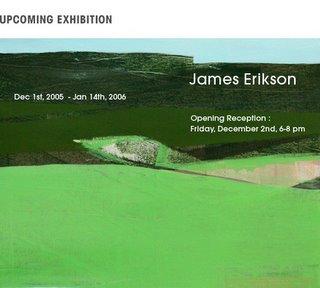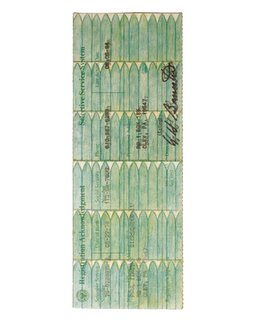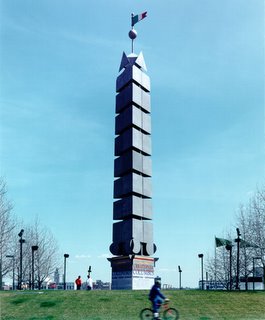 (above, Picasso, Bathers at Dinard, 1928)
(above, Picasso, Bathers at Dinard, 1928)
(this is part 1 of a short essay [rough draft] that I wrote recently, detailing my thoughts about Picasso, etcetera...)
This last week, I've been making lots of copies at work. The area where the copier is also houses a mailbox where new books to be added to the library are placed. One book in particular has recently been capturing my attention, while my copies are collating. It's a German book, called Picasso: Badende...it's on the theme and motif of the bather in Picasso's work. Picasso and I have long had a love/hate relationship. In my experience, many average peoples' consciousness of "modern" art stops at or around Picasso - for better or for worse - and some will even use his work as a touchstone for their statements about all other "modern" art, regardless of the accuracy of the facts their opinions are based on. That's one thing that affected my opinion of Picasso...another was how so many people and books, etc, were bantering about Picasso's genius...and I guess I got jealous. Picasso this; Picasso that; oh, Picasso, I love your work and so on, ad nauseum. A previous, now dead artist, who loomed large in the consciousness, that I, a young whippersnapper with no notoriety, and not even much skill, had to go up against? It seemed better to just ignore him, for the most part. And so I've largely done so for many years; occasionally expressing my disdain for him and his artwork; surreptitiously (but silently) admiring a piece here or there...
However, repeatedly delving into this book has been revelatory to me. I've heard it said - numerous times - and so have you, probably: his influence may be seen in practically all art thereafter. Flipping through, I even thought of Tobi Kahn when I saw a Picasso painting of a woman form on the beach, flattened flounder-like; the thick, dimpled layering of paint bringing Kahn to mind. But I do believe this to be true; almost as much as true as saying the same of Warhol.
Another revelation was that...I actually really liked some of the incorrigible Spaniard's work. For every stupid revisiting of the libidinous Minotaur or in this case, bathers, in my memory, there is a gorgeous, colorful painting with crazy shapes; a folded paper figure with just the perfect balance of whimsy and gravitas; or a sculpture that is the essence of a playing child's innocence. Yes - I like Picasso's work...
Read more...











